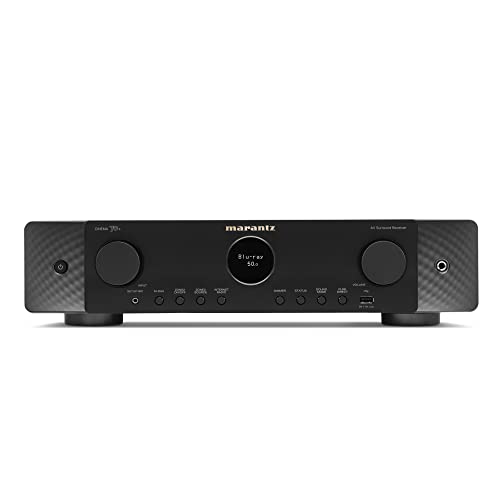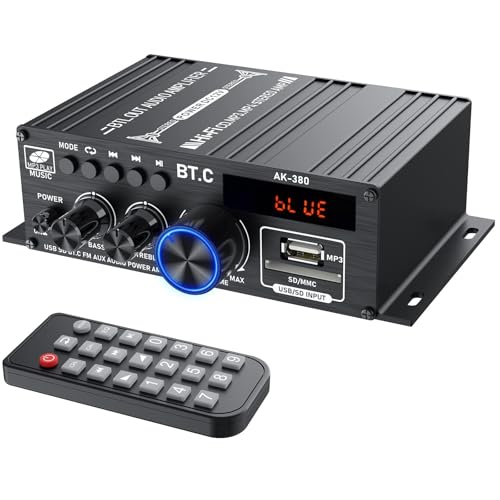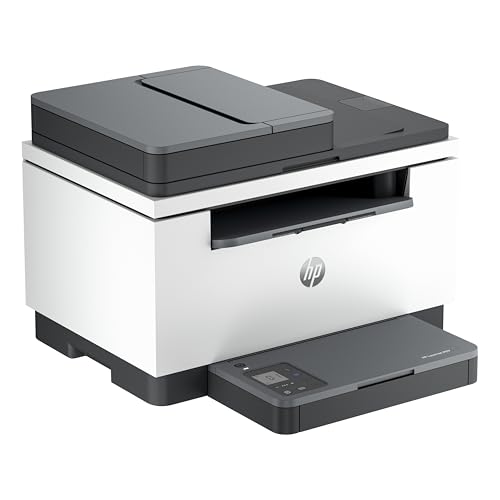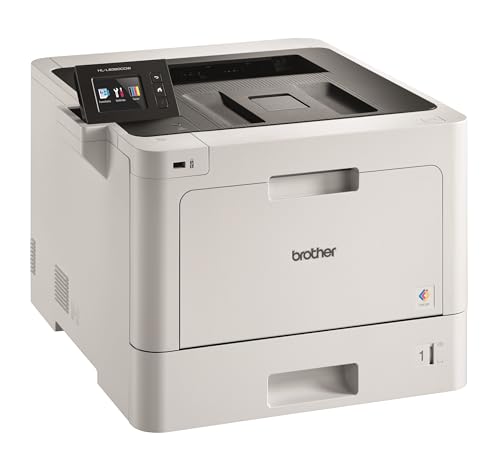Understanding Stereo Receivers: The Heart of Your Audio Setup
What is a Stereo Receiver?
A stereo receiver is essential for any audio system, functioning as the central hub that connects various audio components. Imagine wanting to play music from different sources like a smartphone, CD player, or turntable. The stereo receiver allows you to switch between these devices effortlessly while amplifying the sound to speakers, enhancing your listening experience.
Why is It Important?
Think of the stereo receiver as the command centre of your audio setup. Without it, you might struggle to enjoy high-quality sound from your music collection or films. It not only amplifies audio signals but also improves the overall quality of sound, ensuring you hear every note and detail, whether you’re enjoying a classical symphony or your favourite movie.
Key Features to Consider When Choosing a Stereo Receiver
Power Output Matters
When selecting a stereo receiver, consider its power output, measured in watts per channel. A receiver with higher wattage can drive larger speakers or fill bigger rooms with sound. For most spaces, 50-100 watts per channel is sufficient, providing a robust audio experience without distortion.
Connectivity Options
Connectivity is crucial for versatility. Look for receivers that offer multiple input options such as HDMI, optical, and auxiliary ports. This ensures you can connect various devices like streaming boxes, gaming consoles, and more, making your setup adaptable to your needs.
Audio Formats Supported
Ensure the receiver supports a variety of audio formats, including stereo, surround sound, and newer formats like DTS and Dolby. This versatility will enhance your movie-viewing and music-listening experiences, providing immersive sound whether you’re at home or hosting a gathering.
Ease of Use
A user-friendly interface can make a significant difference. Look for receivers with intuitive remote controls and clear display screens. Some models even come with mobile apps, allowing you to manage settings and switch sources directly from your phone, offering convenience alongside quality.
How to Connect Your Stereo Receiver: A Simple Guide
Setting Up Your Receiver
Connecting your stereo receiver is straightforward, but following a simple guide can save you time. Begin by placing your receiver in a well-ventilated area near your speakers and other devices. Ensure you have cables ready for each connection, such as speaker wire for your speakers and RCA or HDMI cables for other audio sources.
Connecting Speakers
Use speaker wire to connect your speakers to the receiver. Most receivers indicate the speaker terminals clearly, labelled as positive and negative. Remember, consistent wiring is crucial; connect positive to positive and negative to negative to avoid sound issues. Once connected, position the speakers for optimal sound quality.
Linking Other Devices
For connecting devices like a CD player or streaming service, utilise the available ports on your receiver. If your source device has HDMI ports, using these will generally provide better sound quality and minimise cable clutter. Follow the same method for any additional components, ensuring all connections are secure.
Top Brands to Explore: Quality and Performance Assured
Recognised Manufacturers
Several brands dominate the stereo receiver market, known for their quality and performance. Brands such as Yamaha, Pioneer, and Denon have stood the test of time, offering reliable receivers that cater to audiophiles and casual listeners alike. Each brand brings unique features and sound signatures, so exploring a few options will help you determine your preferred style.
Innovative Technology
Many of these top brands integrate innovative technology into their products. For instance, some receivers come with built-in streaming capabilities, allowing you to access your favourite services without additional devices. Others might include advanced equalisation settings or features that adapt sound based on your room’s acoustics, making them an excellent investment.
Final Recommendations: Finding the Right Fit for Your Needs
Assessing Your Requirements
Before making a purchase, assess your audio needs. Consider how you’ll use your stereo receiver – are you an occasional listener, or do you host regular film nights? For smaller spaces or casual use, mid-range models might suffice. If you’re an enthusiast seeking premium sound, dedicating more to a high-end model could greatly enhance your experience.
Looking for the Best Value
Pay attention to features that align with your needs rather than opting for the flashiest model. Sometimes, a model with fewer bells and whistles can deliver superior performance for your specific setup. Additionally, consider future-proofing your investment; choosing a receiver with expandable features can serve you well as technology advances, ensuring lasting enjoyment of your audio system.
























